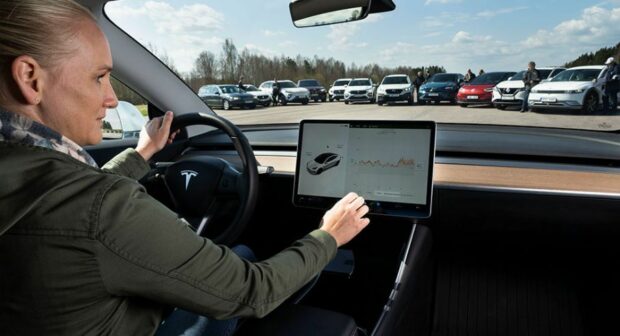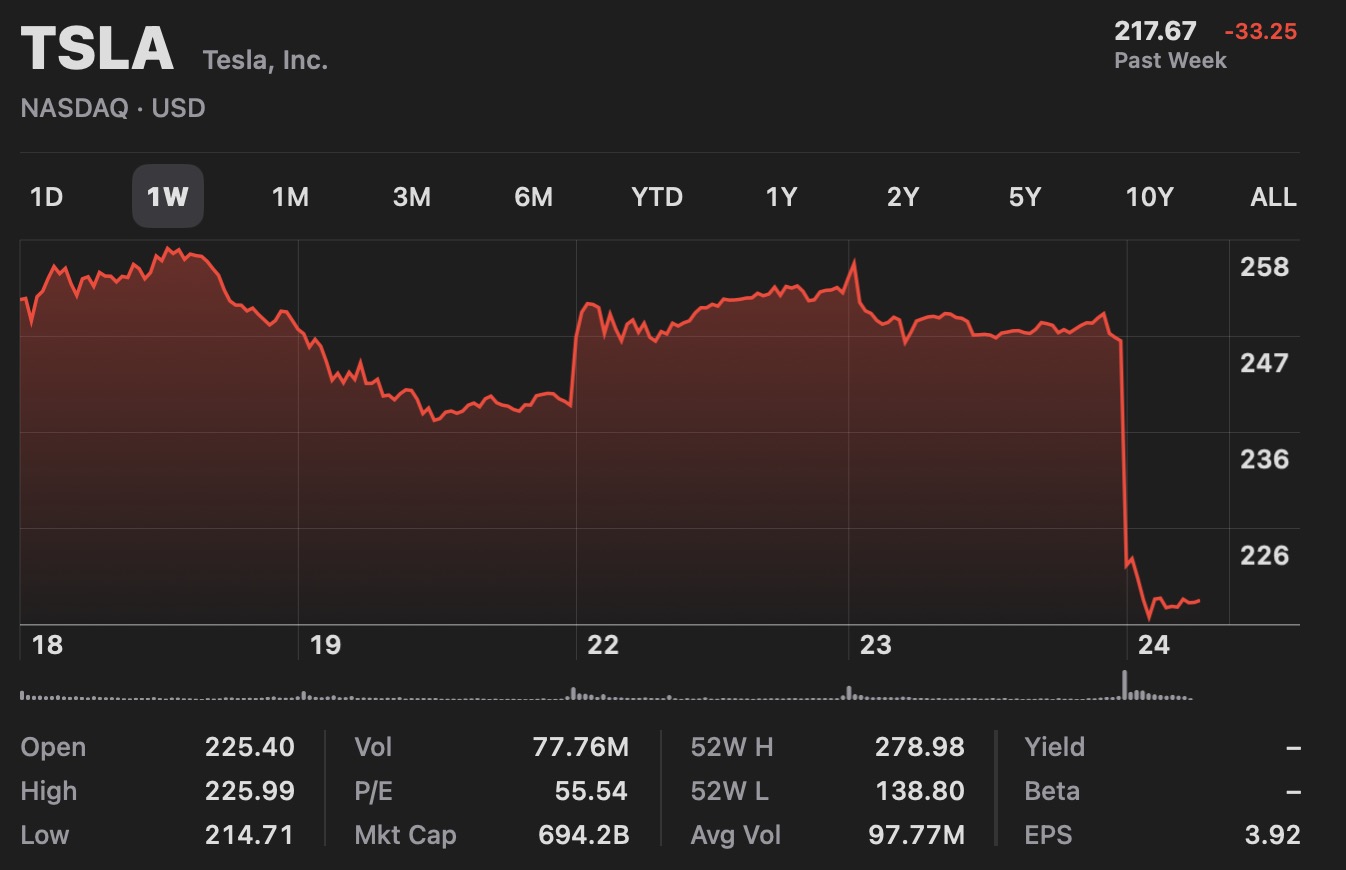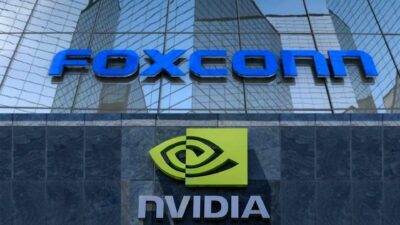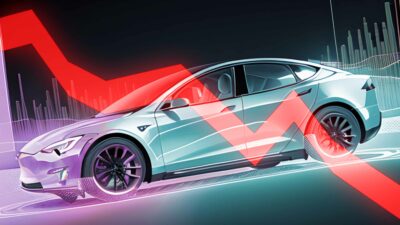While American autoworkers and their unions are still discussing opportunities for gas-powered vehicle manufacturing, the competitive landscape for EV production is quickly growing beyond traditional automakers.
Table of Contents[Hide][Show]
In a groundbreaking move, Foxconn and Nvidia have forged an alliance that promises to reshape the very landscape of automobile manufacturing. Foxconn, the world’s largest contract electronics manufacturer (they make the iPhone for Apple), and Nvidia, a pioneer in artificial intelligence (AI), have embarked on a new partnership to create AI data factories that promise to revolutionize the electric vehicle (EV) manufacturing industry.
Driven by a shared vision for the future of mobility, this partnership has the potential to establish AI data factories that will serve as nerve centers for the development and production of cutting-edge EVs.
This alliance marks a pivotal moment in the evolution of the automotive industry, as it paves the way for the establishment of AI data factories. These sophisticated facilities will serve as nerve centers for the development and deployment of intelligent EVs, capable of harnessing the immense power of AI to optimize performance, enhance safety, and deliver an unparalleled driving experience.
The Foxconn-Nvidia Partnership: A Symbiosis of Expertise
The Foxconn-Nvidia partnership is a strategic fusion of complementary strengths. Foxconn brings to the table its unparalleled expertise in manufacturing and supply chain management, while Nvidia contributes its cutting-edge AI hardware and software solutions. This potent combination creates a formidable force capable of realizing the full potential of AI in EV manufacturing.
AI data factories will serve as the cornerstone of this endeavor. These facilities will be equipped with Nvidia’s DGX systems, which are purpose-built for training and running AI models. Data collected from sensors embedded in EVs will be fed into these systems, enabling them to learn and improve over time.
As AI models are refined, they can be deployed back into EVs, resulting in continuous improvements in performance, safety, and efficiency. For example, AI can be used to optimize battery management, improve regenerative braking, and enhance autonomous driving capabilities.
The Implications for the EV Industry

The Foxconn-Nvidia partnership has far-reaching implications for the EV industry. By leveraging the power of AI, Foxconn and Nvidia are poised to establish themselves as leaders in the development and production of intelligent EVs.
This partnership is likely to accelerate the pace of innovation in the EV industry, as it will enable automakers to bring more advanced and sophisticated EVs to market more quickly. Additionally, the partnership could lead to the development of new business models, as automakers look to monetize the data generated by their EVs.
Foxconn and Nvidia Forge an AI-Powered Alliance: Ushering in a New Era of EV Manufacturing Share on XTesla’s Robotaxi Dreams: Can They Offset Q2’s 45% Profit Decline?
Tesla, the world’s leading electric vehicle (EV) manufacturer, has released its second-quarter earnings report for 2024, revealing a significant 45% drop in profits. Despite this setback, the company has announced exciting plans for the future, including the unveiling of its highly anticipated robotaxi and the development of new, more affordable vehicle models.
Tesla Q2 Financial Results: A Mixed Bag
The Tesla earnings report for Q2 2024 paints a complex picture of the company’s current financial state:
- Net income fell 45% to $1.48 billion, down from $2.7 billion in the same quarter last year.
- Revenue increased by 2% to $25.5 billion, surpassing Wall Street expectations.
- Automotive revenue, Tesla’s core business, declined by 7% to $19.9 billion.
- Energy storage and generation business saw a remarkable 100% increase in revenue, reaching $3.01 billion.
The decline in profit can be attributed to several factors, including price cuts, low demand for the Tesla Cybertruck, increased competition, and a global slowdown in electric vehicle demand. Despite these challenges, Tesla managed to deliver around 444,000 vehicles, which was better than expected but still represented a 5% decrease from the previous year.
Future Plans: Robotaxis and Affordable Models
In response to these challenges, Tesla has announced two major initiatives:
- Robotaxi Unveiling: CEO Elon Musk confirmed that the company will unveil its self-driving robotaxi, dubbed ‘Cybercab’, on October 10, 2024. This announcement has generated significant buzz among investors and tech enthusiasts alike.
- New Affordable Models: Tesla plans to start production of new, more affordable vehicle models in the first half of 2025. This move is aimed at expanding the company’s market reach and countering the slowdown in EV demand.
Market Reaction and Analyst Perspectives
The market’s initial reaction to Tesla’s disappointing earnings report was negative, with Tesla stock falling between 3% to 6% in after-hours trading.

However, some analysts see potential in Tesla’s future plans. Gene Munster, a managing partner at Deepwater Asset Management, commented, “The whole story here is about what else is to come”. This sentiment reflects the anticipation surrounding Tesla’s upcoming projects, particularly the robotaxi and new affordable models.
Tesla’s Strategy Moving Forward
Tesla remains committed to cost reduction efforts and the development of AI-enabled products [1]. The company expects to increase car production in the current quarter and aims to achieve profitability with its new Cybertruck by the end of the year [1].
Elon Musk continues to emphasize Tesla’s focus on artificial intelligence and autonomous driving technologies, seeing them as key to the company’s future growth [1]. “The value of Tesla overwhelmingly is autonomy. These other things are in the noise relative to autonomy,” Musk stated during the earnings call [2].
Challenges and Opportunities
While Tesla faces significant challenges, including increased competition and a global slowdown in EV demand, the company’s innovation in areas such as energy storage and AI-driven technologies presents opportunities for future growth.
The success of Tesla’s robotaxi program and the introduction of more affordable models could potentially reshape the automotive industry and solidify Tesla’s position as a leader in autonomous transportation.
Tesla’s Balancing Act: Q2 Struggles and Bold Plans for Affordable EVs

Tesla’s Q2 2024 earnings report highlights the complexities of the rapidly evolving EV market. While the company faces short-term challenges, its ambitious plans for the future – including the robotaxi unveiling and new affordable EV models – suggest that Tesla is positioning itself for long-term growth and innovation in the automotive and technology sectors.
As the EV market continues to evolve, Tesla’s ability to execute on these plans will be crucial in determining its future success and market position. For investors, tech enthusiasts, and EV owners, the coming months and years promise to be an exciting time in the world of electric and autonomous vehicles.
Stay informed about the latest developments in the EV industry and Tesla profitability predictions by signing up for the MethodShop.com email newsletter.

Frank Wilson is a retired teacher with over 30 years of combined experience in the education, small business technology, and real estate business. He now blogs as a hobby and spends most days tinkering with old computers. Wilson is passionate about tech, enjoys fishing, and loves drinking beer.























 Pepper X: The Hottest Pepper in the World is Here to Set Your Taste Buds on Fire
Pepper X: The Hottest Pepper in the World is Here to Set Your Taste Buds on Fire
Leave a Reply